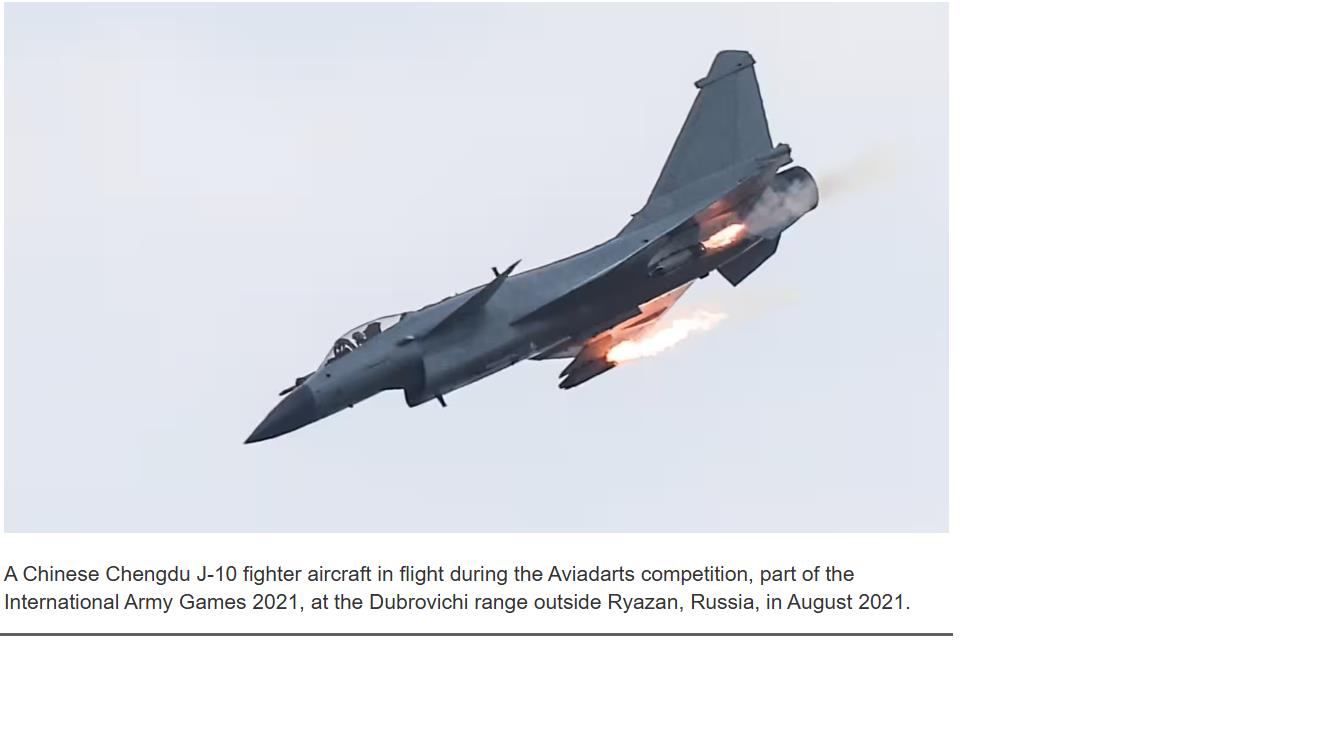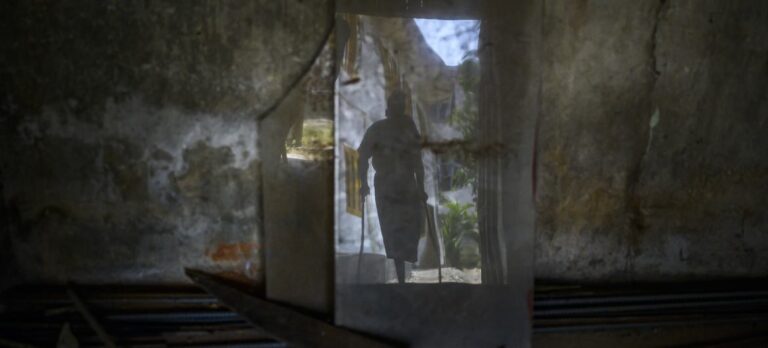ISLAMABAD — Amid a sharp escalation of tensions between two nuclear-armed neighbors, Pakistan said this week that it brought down five Indian fighter jets, including three Rafale, one MiG-29, and one SU-30. What was scrambled to stop the French- and Russian-made aircraft from advancing into Pakistani air space? Chinese-made J-10C fighter jets.
Ishaq Dar, Pakistan’s Foreign Minister, while addressing the national assembly on Wednesday, claimed that Pakistan used the J-10C against incursions by Indian jets.
“Chinese J-10C jets participated in Pakistan’s response,” he said in the national assembly. Dar further said that Pakistan kept Beijing informed about the military action soon after the strikes began.
On Wednesday morning, India launched attacks on nine locations inside Pakistan. At least 31 people were killed and 57 were injured, according to the Pakistani military’s mouthpiece Inter-Services Public Relations.
An air battle ensued with a total of 125 fighter jets from India and Pakistan battling for over an hour, with neither side leaving its air space, according to a security official, who talked to Nikkei Asia on condition of anonymity.
The usage of Chinese-made J-10C jets was also confirmed by two U.S. officials, as Reuters reported, saying that Pakistan used the Chinese aircraft to launch air-to-air missiles against Indian fighter jets, bringing down at least two.

J-10C, or Chengdu J-10, is a medium-weight, single-engine, multirole combat aircraft produced by Chengdu Aircraft, which is a subsidiary of the Chinese state-owned Aviation Industry (AVIC). It is under the use of the People’s Liberation Army Air Force, People’s Liberation Army Naval Air Force and the Pakistan Air Force (PAF).
The PAF inducted the J-10C into its fleet in 2022, and is currently estimated to have 20 in-service.
Qamar Cheema, executive director of the Sanober Institute, an Islamabad-based think tank, said that the recent performance of the J-10C has played a vital role in securing Pakistan’s air space.
“Pakistan believes that Chinese military technology is gaining momentum and has demonstrated superiority over European systems, something even French intelligence has reportedly acknowledged, particularly regarding the downing of aircraft,” he told Nikkei.
Muhammad Shoaib, a postdoctoral fellow at George Mason University in the U.S., said that there were already comparisons made between Chinese and Western tech, but the former had lacked battlefield experiences. “The events of [Wednesday] proved the worth and showed that Chinese tech, if put to use wisely, is as good as Western tech,” he told Nikkei.
Then-Pakistan’s Prime Minister Imran Khan sits in the cockpit of the Chinese J-10C combat aircraft ahead of an induction ceremony at the Pakistan Air Force base in Kamra, Pakistan, in March 2022. (Pakistani Prime Minister’s Office/Handout via Reuters) © Reuters
The news of a Chinese jet shooting down a French jet increased the value of stocks of the Chinese jet manufacturer.
The share price of AVIC Chengdu Aircraft surged by 16% on the Shenzhen Stock Exchange, while shares of its sister company, AVIC Aerospace, rose by 6% on the Hong Kong Stock Exchange.
Hu Xijin, the former editor-in-chief of China’s state tabloid Global Times, posted on WeChat that Pakistan’s strikes with Chinese aircraft should leave Taiwan’s military “trembling with fear.”
Pakistan’s conflict with India has once again highlighted its overreliance on China when it comes to arms imports.
According to a report by the Stockholm International Peace Research Institute, between 2020 and 2024, 81% of Pakistan’s imported arms came from China.
Pakistan also co-produces JF-17 Thunder jets with China under a longstanding defense partnership between Pakistan Aeronautical Complex and Chengdu Aircraft.
Cheema said that Pakistan is unable to acquire advanced military technology from the Western world, primarily because India blocks such deals diplomatically. “This situation has led to a clear strategic dependence [for Pakistan] on China for military supplies,” he told Nikkei.
When Pakistan began procurements from China in the 1960s and 1970s, the quality of the Chinese equipment was a concern, said Shoaib.
“Historically, Chinese systems were not the first choice of the Pakistani military during its face-offs with India. But [J-10C], put into use as a team lead, shows Pakistan’s growing confidence in the capability and reliability of Chinese [military equipment],” he said.
China is also benefitting from the Wednesday air battle, experts believe.
“[China’s] military technology is being tested in real-world conflict scenarios against a regional rival, India,” Cheema said.
“This not only boosts the credibility of Chinese arms but also strengthens China’s psychological and strategic standing.”
Adnan Aamir is a contributing writer.








